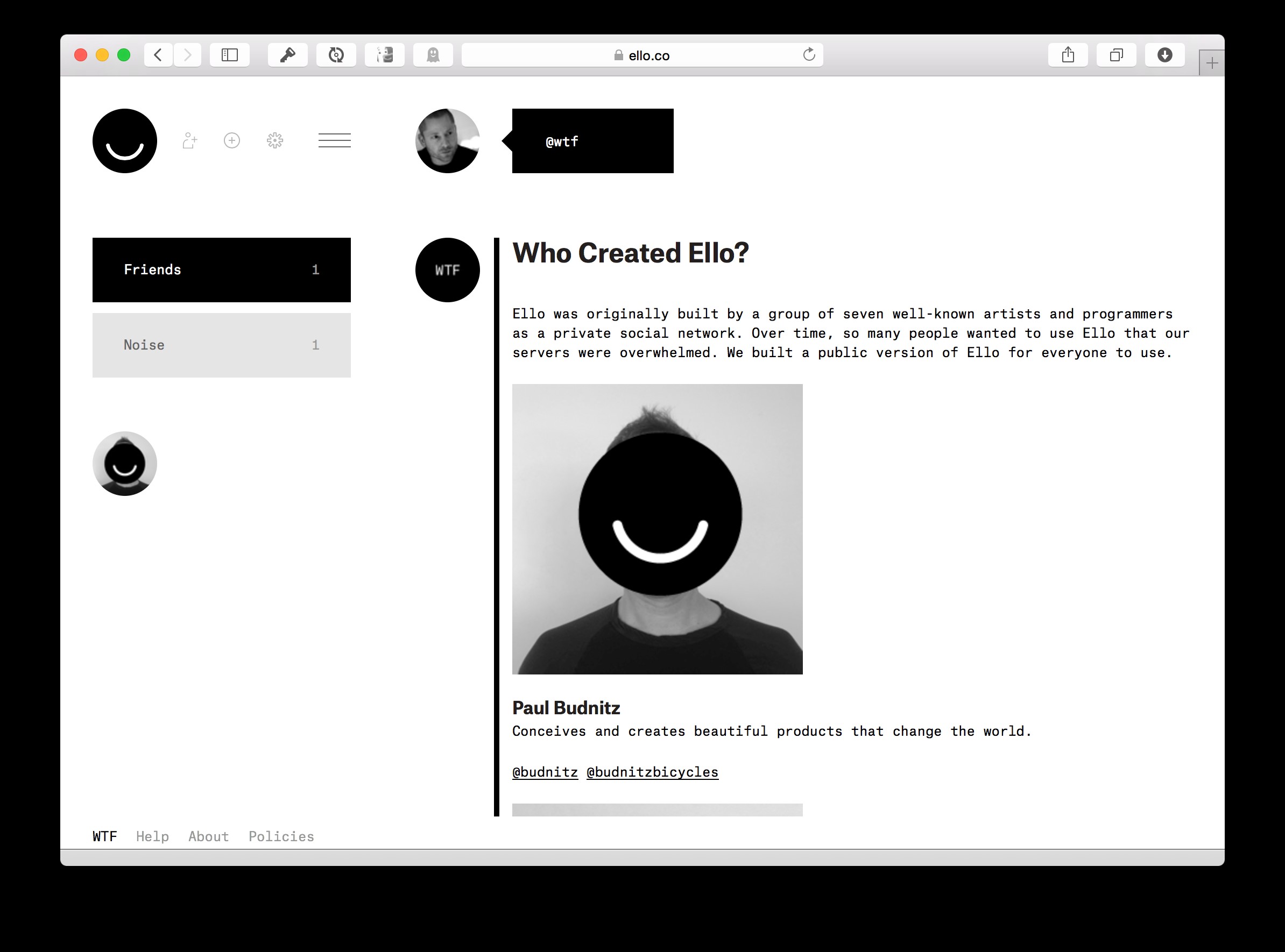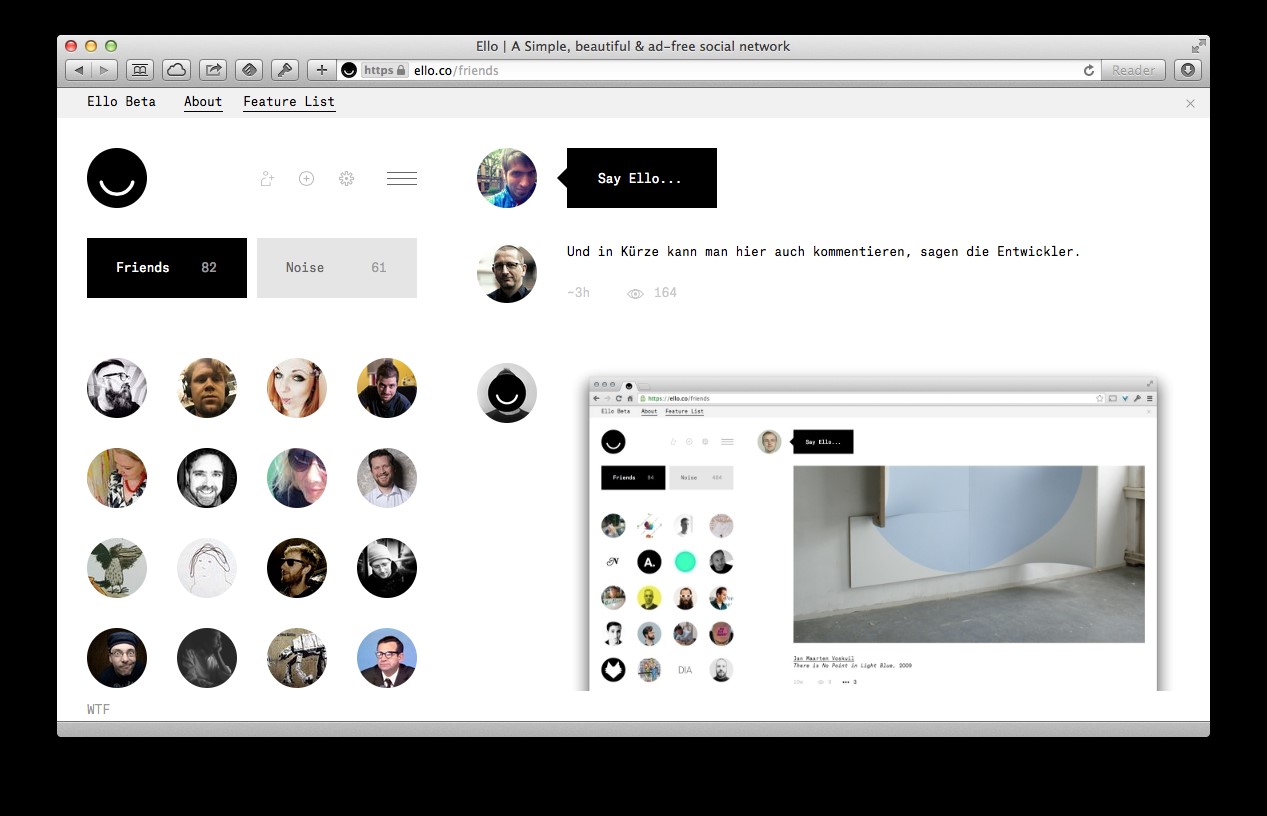SUNY Purchase (DES3800) ︎Design for Web & Screens
internet history:
social networks

Background
Social networks, defined pretty loosely here, are places where people gather via the use of a shared technological tool, usually one accessed by “illicit”, extended, or accidental means. This term is associated with the contemporary iteration of the internet, but we’ll see two examples that are closely related.Phone Phreaking
Bulletin Board Systems
Bulletin Board Systems were a bit before my time, but if you see VC’s talking about their early nostalgic days on the internet, they often mention running or using BBS’s. Before the public internet these were small, localized networks, and ultimately functioned not unlike a contemporary forum or subreddit and related sub-community. You could also trade files; this is how DOOM initially distributed their shareware software.
AOL Profile Pages
I couldn’t find any good pictures of this but I remember that you could customize your profile page on here, changing colors and adding illusory fields.
Friendster
This was the first more contemporary “social network” I remember being and it taking off slightly before MySpace became popular. It is hard to find screenshots of it, but it established a lot of the formal characteristics of screen/desktop-based social media sites. 

MySpace
Now here’s what I call a social network. MySpace is where every band I was in, or was friends with was posting their music. It’s where Jeffree Star and Tila Tequilla started, and where you vied for someone’s Top 8 and maybe their heart. MySpace also had an interesting in issue that it didn’t, or they forgot to stop people from being able to insert HTML and CSS into your page allowing for kinda cruddy but relatively robust customization. Below are a couple of examples, and here’s a page that talks about some of that “coding legacy”︎


Facebook
You already know what it is. Facebook “overtook” MySpace through it’s clean design and its original emphasis on your account being associated with a “real” college email and the related institution. I remember people excitedly waiting for their school to be added. Facebook has grown to a behemoth that is kinda outta control, which was to some degree a testament to their discipline and smarter management of their site.Path
Path was an interesting idea that didn’t really go anywhere. Path’s “thing” was based around Dunbar’s Number, the idea that you can only retain meaningful friendships with a relatively small amount of people. In other words, Path limited you to 150 friends; thus the sharing was more intimate and meaningful. However it failed to differentiate itself from Facebook, Instagram or Twitter. Ello
They seem to have pivoted their site to more of a pinterest-esque model, but originally had a mor
Their thing was that they were free of ads, and fallout associated with that, and to my mind, the invites I received were people I went to art school with who hated facebook; their audience seemed to be pretty targeted to a degree.

Yo
This is technically a “messaging” application, however to my mind, it exemplifies, the absurdity of Sillicon Valley and VC Funding. Below is an endearingly bad video of the app, and here’s an article showing it hands on︎
︎Back to Design for Web & Screens